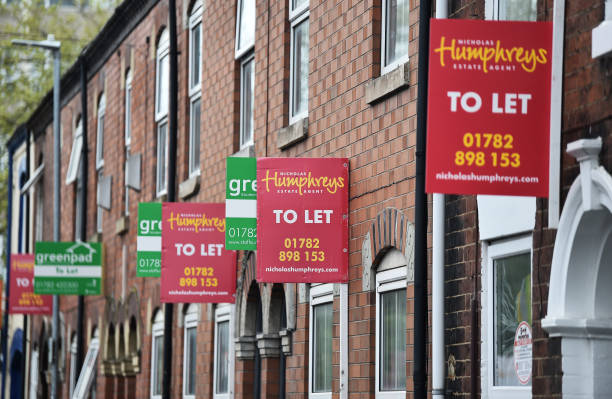We didn’t know it, but it was 2015 not 2008 that changed the housing market forever

2015 was the year when the “demand and supply” argument in housing was won and lost. Supply won the argument, because in order to build more, we have to drive more affordability first, writes Giles Mackay
For the housing market, 2015 was probably the most important year in over a hundred years. It was the year the long-held argument of “demand and supply” was won and lost. Supply, which lost the argument, is the governmental model according to which the more homes you build the lower the prices. The demand side is driven by the amount of people who can afford to buy.
Housebuilders like banks had been hit hard during the financial crisis of 2008. A significant majority had required support or gone bust. By 2015 the banks had largely divested themselves of the housebuilders, which were now back in private hands. They learned their lessons – don’t build too much and take on too much debt, and make sure there is an identifiable market for your product.
So why was 2015 a big deal? Looking back to the start of the millennium, when average house prices were £93,000 and average incomes were at £22,000, far more people than today would easily qualify for a mortgage.
However, by the time we reached 2015 prices had recovered enough to get back to pre-2008 levels. New mortgage regulations meant stress tests – applied to a mortgage borrower’s application to check the borrower’s ability to repay their mortgage at a given interest rate – and tighter lending criteria led to disappointment for many would-be buyers. The rest is history. Between 2000 and 2021 house prices rose by 186 per cent but incomes only rose by 76 per cent. 2022 made matters even worse, with inflation and a cost-of-living crisis only further denting people’s income.
That meant it became effectively impossible for the “affordability” question to be addressed by building more homes. Why? Because homes would have to have fallen by 20 per cent to be affordable and remain at that affordability level. In 2022 this number would be closer to 30 per cent. Owners would be in negative equity or have significant elements of their net worth wiped out and housebuilders would just not build in any case.
Help to Buy was introduced in 2013. Through the policy, buyers don’t have to pay interest on the top 20 per cent of the cost of the house for up to 5 years. This pushes the cost down below the level at which lenders feel comfortable and thus can lend. By 2015, first time buyers were catching on and by 2022 310,000 transactions had been completed to give families a chance to get onto the housing ladder.
Shared ownership similarly gives affordability because the shared owner only pays 2.75 per cent on the part of the house they do not own. Help to Buy has been phased out now but evidence shows that shared ownership units are being sold at 3 to 4 times the rate that full ownership units are, in the current difficult market conditions.
Builders, including Barratt and Persimmon, have all reported they have cut back on their build programs. They are not going to build if they cannot sell and will not make the same mistake as they did in 2008 when they got left with a lot of inventory.
Demand has won the argument and the only way to increase building rates is to drive more affordability by bringing forward models like shared ownership or policies pushing costs down. Otherwise, those families who can’t afford to buy will be forced to continue to rent.
For all the latest Lifestyle News Click Here
For the latest news and updates, follow us on Google News.

